Document Scanning: Revolutionising Medical Data Entry Efficiency
In the rapidly evolving landscape of healthcare, the importance of efficient and accurate medical data entry cannot be overstated. It is essential for delivering high-quality patient care. The emergence of document scanning technology has ushered in a transformative era, fundamentally changing how medical data is processed and stored. This article delves into the myriad benefits and advancements associated with utilizing document scanning for streamlined medical data entry, ultimately improving the entire healthcare system’s effectiveness.
Understanding the Critical Role of Efficient Medical Data Entry in Healthcare
The significance of accurate and timely medical data entry is paramount in enhancing patient care, supporting research, and informing key decision-making processes within the healthcare industry. Healthcare professionals depend heavily on patient records, test results, medical histories, and other crucial information to accurately diagnose ailments, devise effective treatment plans, and monitor the progress of patients. Any inefficiencies in data entry procedures can lead to costly errors, unnecessary delays, and potential risks to patient safety.
Efficient medical data entry guarantees that healthcare professionals have access to the most current and precise patient information. This access empowers them to make well-informed decisions regarding diagnosis, treatment, and ongoing care. Furthermore, timely data entry fosters effective communication among healthcare providers, ensuring seamless coordination and continuity of care. Additionally, accurate and efficient data entry is vital for research endeavors, allowing scientists and researchers to analyze extensive datasets and discern trends or patterns that can significantly contribute to medical advancements.
Transforming Healthcare Data Entry with Document Scanning Technology

The advent of document scanning technology has fundamentally transformed how medical data is captured, stored, and accessed. This innovative approach enables healthcare providers to convert physical documents, including medical records, prescriptions, lab reports, and insurance forms, into convenient digital formats. By adopting document scanning, healthcare organizations can streamline their data entry processes, saving valuable time, reducing operational costs, and enhancing overall efficiency.
Document scanning effectively replaces traditional manual data entry methods, which are often time-consuming and susceptible to errors. With document scanning, healthcare professionals can easily scan physical documents using high-quality scanning equipment, converting them into digital files in a matter of moments. This process alleviates the need for manual transcription, thus minimizing the risk of typographical errors and ensuring data integrity. Moreover, the digitization of medical documents facilitates simple storage, organization, and retrieval of information, thereby eliminating the need for cumbersome physical storage and extensive record-keeping systems.
Exploring the Comprehensive Benefits of Document Scanning for Medical Data Entry
-
Enhanced Data Accuracy: Utilizing document scanning effectively eliminates the risk of human errors commonly associated with manual data entry practices. By digitizing medical documents, healthcare professionals can guarantee accurate and consistent data input, significantly reducing the likelihood of misinterpretation or transcription errors. This ultimately enhances the quality of patient care by equipping healthcare providers with reliable and precise information.
-
Improved Accessibility: The digitization of medical records allows for effortless access and sharing across diverse departments, clinics, and healthcare facilities. This capability enables healthcare professionals to retrieve patient information swiftly, leading to faster decision-making and improved patient care efficiency. Additionally, digital records can be accessed remotely, empowering healthcare providers to review and modify patient information even when not physically present in the healthcare facility.
-
Space and Cost Savings: Document scanning significantly reduces the need for physical storage of bulky paper records. Transitioning to digital formats allows healthcare organizations to reclaim valuable office space, lower administrative costs associated with managing physical records, and contribute to environmental sustainability. The financial benefits can be substantial, as it eradicates the necessity for physical storage solutions, such as filing cabinets, and reduces resources needed for document retrieval and maintenance.
-
Efficient Retrieval and Searchability: Digitalized medical documents can be indexed and organized using specific keywords, making the retrieval process both quick and efficient. Healthcare professionals can swiftly search for patient records based on various criteria, including name, date, medical condition, or treatment plan. This advancement drastically reduces the time spent locating specific information within extensive records, allowing healthcare providers to concentrate more on delivering patient care.
-
Enhanced Data Security: Document scanning technology incorporates advanced security features, such as encryption and access controls, to safeguard the confidentiality and integrity of patient data. Digitized records can be shielded from unauthorized access, protecting sensitive information and ensuring compliance with privacy regulations. These robust security measures offer peace of mind to both healthcare organizations and patients, assuring them that their data is secured against potential breaches or unauthorized utilization.
Strategic Implementation of Document Scanning in Healthcare Settings
To fully harness the advantages of document scanning technology in medical data entry, healthcare organizations must implement a well-designed and comprehensive strategy. Below are some crucial steps to consider:
-
Assessment and Planning: Conduct an in-depth evaluation of current data entry processes, identify existing pain points, and outline the specific requirements for document scanning technology. Develop a thorough plan that encompasses goals, budget considerations, and a timeline for implementation. This assessment will help uncover potential challenges and ensure a smooth integration of document scanning technology into existing workflows.
-
Selection of Scanning Hardware and Software: Choose suitable scanning hardware, such as high-quality scanners and optical character recognition (OCR) software. OCR technology converts scanned documents into searchable and editable text, thereby enhancing data entry efficiency. It is crucial to select reliable and user-friendly scanning systems that align with the organization’s specific needs and requirements.
-
Document Preparation: Establish clear guidelines and standards for document preparation prior to scanning. This involves removing staples, ensuring document quality, and organizing records in a logical sequence. Efficient document preparation is essential for seamless and accurate scanning processes. It is important to train staff on proper document handling techniques to minimize errors during the scanning process.
-
Quality Assurance: Implement a robust quality assurance framework to validate the accuracy and completeness of scanned documents. This may involve random sampling, double-checking, and comparing scanned data with the original documents to ensure data integrity. Regular audits and quality checks should be conducted to maintain high standards of data accuracy and promptly address any emerging issues.
-
Integration with Electronic Health Records (EHR) Systems: Seamlessly integrate the scanned documents with existing electronic health records systems. This integration enables healthcare professionals to access a comprehensive view of patient information, encompassing both historical and newly scanned data, from a unified platform. A smooth integration with EHR systems ensures that all data is centralized, up-to-date, and readily accessible, thereby enhancing patient care coordination and reducing potential errors attributed to fragmented data sources.
-
Training and Education: Offer comprehensive training to staff members engaged in the document scanning and data entry processes. Ensure they are well-versed in the new workflow, scanning protocols, and data security measures. Ongoing education and support are critical for successful implementation. Training should cover not only the technical aspects of document scanning but also the importance of data accuracy, privacy, and compliance with relevant regulations.
Envisioning the Future of Document Scanning Technology in Healthcare
The future of document scanning in healthcare is brimming with potential. Emerging technologies, including artificial intelligence (AI) and machine learning, present exciting opportunities for automating data extraction, categorization, and analysis. These advancements will further bolster the efficiency and accuracy of medical data entry, allowing healthcare professionals to devote more time to direct patient care.
As AI and machine learning algorithms continue to evolve, they can be trained to recognize patterns, extract pertinent information, and assist healthcare professionals in making informed decisions. For instance, AI-driven systems can automatically identify key data points within medical documents, such as diagnoses, medications, and treatment plans, automatically populating the corresponding fields in electronic health records. This reduces the burden of manual data entry, enhances accuracy, and empowers healthcare providers to concentrate on critical patient care tasks.
In summary, leveraging document scanning technology for medical data entry signifies a transformative shift in the healthcare sector. The advantages of improved data accuracy, enhanced accessibility, substantial space and cost savings, efficient retrieval capabilities, and reinforced data security render document scanning an indispensable asset for healthcare organizations. By implementing a meticulously planned strategy and embracing technological innovations, healthcare professionals can unlock the full potential of document scanning, fundamentally changing how medical data is managed and utilized.
Frequently Asked Questions about Document Scanning in Healthcare
- Why is efficient medical data entry critical in healthcare?
- Accurate and timely medical data entry is essential for optimizing patient care, advancing research, and facilitating informed decision-making in the healthcare industry.
- In what ways does document scanning revolutionize healthcare data entry?
- Document scanning technology enables healthcare providers to convert physical documents into digital formats, significantly streamlining data entry processes and boosting efficiency.
- What are the key benefits associated with document scanning in medical data entry?
- The primary benefits include enhanced data accuracy, improved accessibility, significant space and cost savings, efficient retrieval processes, and bolstered data security.
- What essential steps should healthcare organizations undertake to implement document scanning?
- Healthcare organizations should complete an assessment and planning phase, select suitable scanning hardware and software, establish document preparation guidelines, implement quality assurance measures, integrate with electronic health records systems, and provide comprehensive training and education to staff members.

